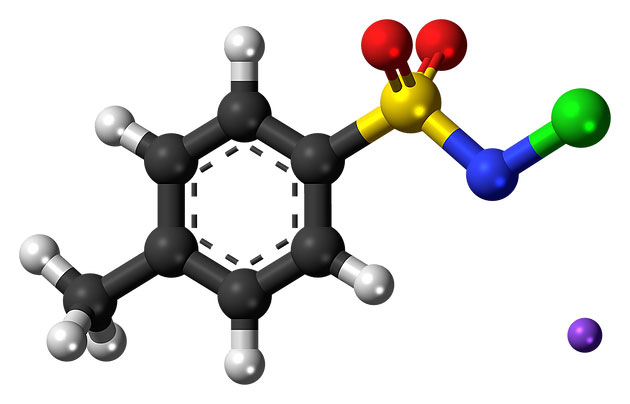What is PH and Total Alkalinity?
April, 17 2016
PH & Alkalinity
We have all heard of those terms related to pool water chemistry but what does it actually mean? First off, PH and Total Alkalinity (TA) are two very important factors. A PH reading will tell you how acidic the water is. PH is the most important however you will not be able to control the PH if the TA is not in the correct range. TA is the ability to resist change to the PH. If the TA is too low or too high the PH will not hold consistent and began rapidly fluctuate up and down. A high or low PH will cause problems to your pool and equipment. Unbalanced water can also cause skin and eye irritation.
Low PH
When the PH is low the water is considered “corrosive.” Corrosive water will begin to corrode pool equipment, pool surface, heat exchangers, railings, copper fitting, etc. This will happen over time depending on the acidity of the water. It may also cause swimmers may experience skin and eye irratation. Keeping the PH level from becoming to low is very important.
High PH
On the opposite side, a high PH reading is no better than a low PH reading. When the PH is high the water is considered “scale.” Water that is scale will leave white deposits on the water line of tile. It will also cause cloudy water and clogging of your pool filtration system. The correct suggested PH level of a pool ranges between 7.4-7.6. At the range the chlorine has a 45%-62% effective rate. When the water is at 8.0 the chlorine is at a 20% effective rate. That is half!
Making sure that your pool water is balanced is very important. Always remember that everything entering the pool water has a PH, including people. There is no reason on spending all of this money on a nice pool just to have have it ruined by poor water chemistry. Buy a test kit or hire a pool guy. Either way be a responsible pool owner and make sure your get the most out off pool and equipment.

